Tea Infusion: What does it Mean?
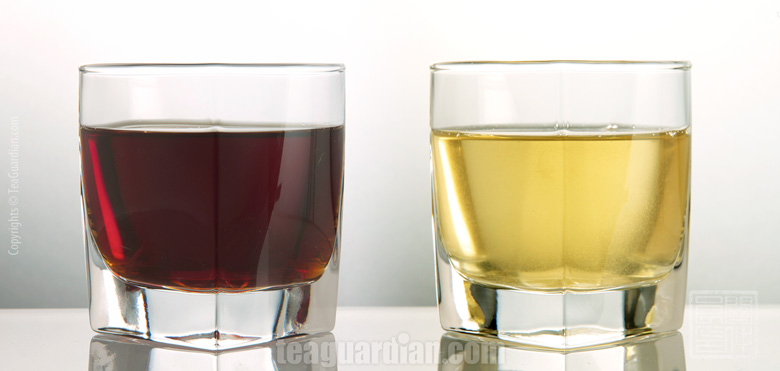
Golden Tip Puer and Longjing in the glass to show their different infusion colours. Both are prepared with 3 g of tealeaves to 150 ml water, infused for 5.5 minutes.
For most people, to make tea — tea infusion — simply means to pour boiling water into a pot with some tealeaves or one or two teabags. For me, tea infusion means achieving a desired taste and aroma result of a chosen kind of tealeaves by dissolving a certain proportion of the tea materials into water. This is done by using a certain combination of teaware, water temperature, water to tealeaves ratio and steeping process. Even how the leaves come into contact with water affects the result. Pretty much the same idea as how one manages the different things in cooking a dish.
Different tea, Different material nature
Since each tea selection is different in its material nature, the parameters to make a best cup from each would not be the same. For example, the aromatic substances in a black tea need a higher temperature to bring out while a lower temperature would allow amino acids, which give tastefulness, from a green tea to infuse into water and at the same time holding back excessive bitter tasting phenolic compounds. Different selections in each tea category may even require yet more individual consideration. A classic style Phoenix oolong, for example, would render a rounder body, sweetness, and a thicker, silkier texture in a top-drop infusion approach, while a bouquet style variety would give more intense aroma in the gaiwan with the Gongfu approach.

Longjing leaves after infusion. Notice how intact the leaves remain after all the processing and handling.
I shall further cite the difference between a Longjing and an Imperial Golden Tip Puer as an illustration.
I would put 3 grams (note) of Longjing to each 150 ml of water, in a small porcelain pot, with water at 80°C and steep for 5 minutes. That gives me a biscuity, savory, silky texture liquor that is quite full-body and yet sharp enough to the palate.
With the Pu’er, 8 grams (note) of leaves to 150 ml of water. The tealeaves would be put into a low density Yixing pot, blanched two times with 100°C water before being steeped at the same temperature for 2 minutes. I like the liquor to be dark, smooth but deep and sweet. (The same batch of leaves can be used to make tea again repeatedly. More about variations in infusion technique in later articles.)
A coarse and very bitter drink will definitely be the resulted if I use the Puer parameters for the Longjing. A chalky, weak and uneven solution will become of the Puer if I prepare it as I would with the Longjing.
The two teas are different in their material nature.
Longjing, like most fine green teas, is rich with amino acids, and flavonoids in the form of tea polyphenols. There are also aromatic materials and some forms of sugar in minute quantity. A low temperature is enough to bring out the amino acids, aroma and the sugars. Too high a temperature will release too much of the polyphenols, which makes the tea bitter, and fine tissues that make up the young leaf buds, which will make the body of the infusion coarse.
Too little of the polyphenols, however, will render the liquor too soft. The various forms of catechins are important to be there for the depth of taste.

Leaves of Golden Tip Puer after infusion. They are still quite tightly twisted although each little piece is either broken or frayed.
The cell structure of the green tea is very much intact. A lot more time, therefore, is required in the steeping in order that the taste character be brought out.
The Golden Tip Pu’er, on the other hand, has lower catechin content but rather a collection of carbohydrates formed during post-fermentation, a stage of its production process. Heat is needed to transform and dissolve them as sugars in the tea solution. The blanching process gets rid of the impurities also formed during post-fermentation and open up the crusted leaves.
The cell structure is quite tempered through tight curling, withering and a long fermentation process. Even a short steeping time would bring out its typical taste; longer time will, however, bring out larger amount of saponin, theabrownin and dissoluble tissues that are not contributive to better tastes.
While the green tea and dark tea in this example are total anti-thesis, all the varieties in between are varied in various ways. That is why improved understanding of a selection through practice is crucial to the making of the best cup from each tea.
Different Occasion, Different Approach
Other than considering the tea selection itself, tea still has to suit our consumption needs. Where, when and how we need to drink it are also factors in determining how we are going to make that tea.
I’d use a big teapot if I am to prepare tea for a family gathering where it is to be gulped down in a non-focused environment. I’d want the drink to be readily available, pleasant, and easy to appreciate for most. I may also do it differently if I want to put other ingredients into the final drink.
If it’s a small gathering with a couple of friends over an infusion table, it’ll definitely be a good time for gongfu tea making.
When I am writing or doing other desk work, I’d want a fine, medium strength, and large cup on my side, which I’d make with a 400ml teapot.
People who need to be working in the office will find the infuser mug useful and convenient for acceptable quality.
Going on a picnic or a long drive, however, I’d have to work out what is the best I can get out of a thermos.
Easy practice
Another decisive element is personal preference.
Different emphasis of the taste profile of the same tea is brought about by variations in parameters, tea ware choices and infusion manners. The taste effect is really limited only by the tea-making capabilities of the taster and his comprehension of what is a better taste.
A different taste style of the same tea may also suit a different mood of the taster.
Here in the infusion section, a few major approaches in tea-making are discussed. Not unlike cooking, tea-making requires certain manual skills and first hand understanding of the materials. It depends upon the reader to practice, experience and study in order to be able to make tea with the desired results. I hope my experience shared in these pages would facilitate your mastery of the skills. Unlike cooking, however, tea-making is overall very easy to master well — the variations with a pot, water and some leaves are really not that complicated. Practice brings about discovery. Discovery sparks enlightenment. Once the mind is open, the vast horizon of tea is quite navigable and treasures reveal.
I hope you have a great time doing it.


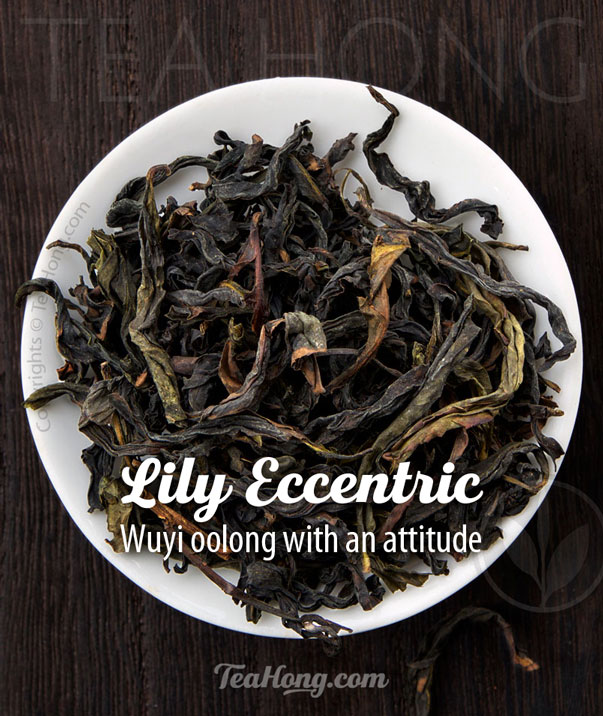




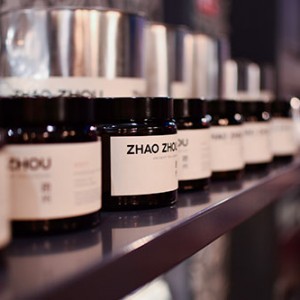
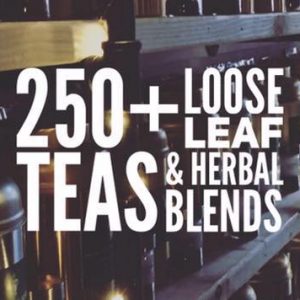
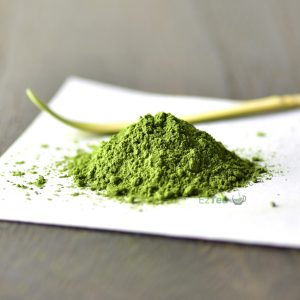


I noticed that I infused an phoenix oolong at boiled temperature and then again at 85,the high temp had lost about 50% of its flavor.. The beautiful bouquet of the 85, was not there at boiling point….
And many people still say boiling water for all oolongs…
Having said that, the optimum temp does not have to be 85°C for each Phoenix. Your experimental spirit will lead you to discover a lot
High quality Wulongs can handle a higher temperature, maybe not 100c but at least 95c. A quick 5 second rinse to help open up the leaves is important though. I would also recommend darker, and more roasted Wulongs to be steeped at a higher temperature, but the greener less oxidized Wulongs steeped at lower temperatures. But again the quality of the leaf you are steeping can play a role.
The real taste potential of any one particular selection of high quality tea can be discovered only with an open mind. The higher the quality, the truer this is.